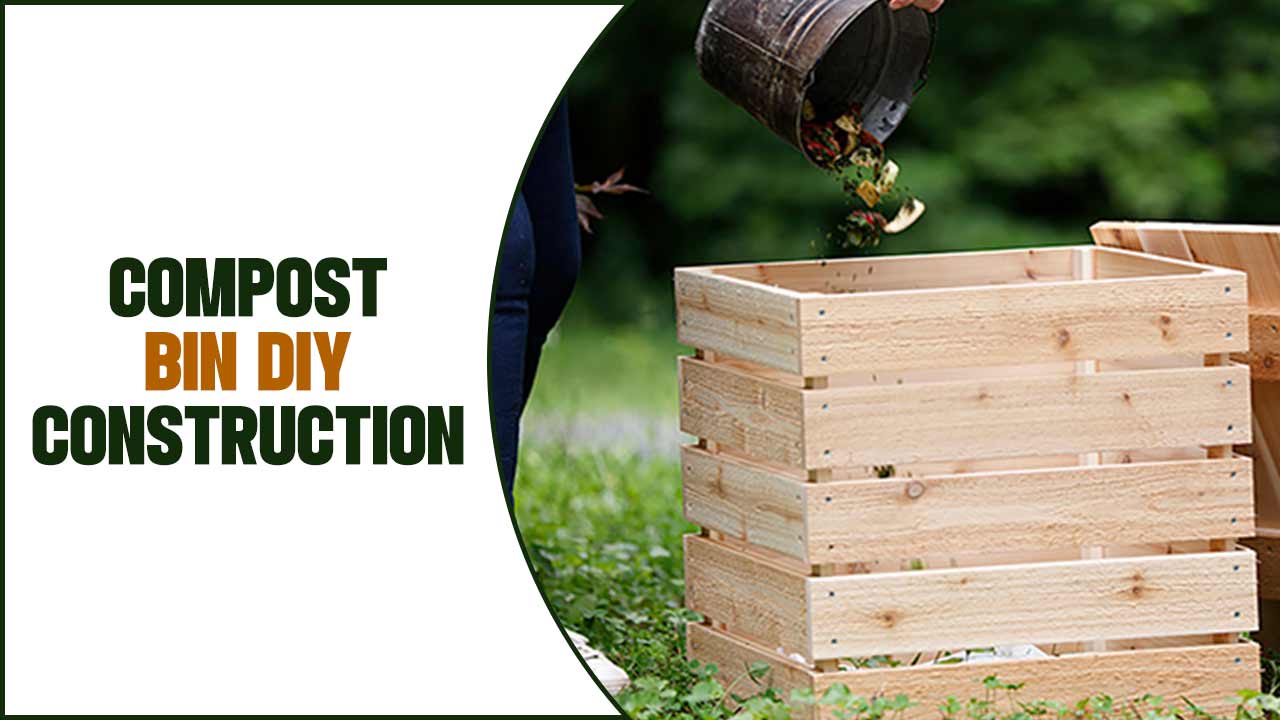If you own an olive tree, you may have noticed a common issue of yellow leaves appearing on your tree. This can cause concern as olive trees are typically popular for their hardiness and resilience.
When leaves begin to yellow, it is a sign that the tree is experiencing stress, which can decrease fruit production and even lead to the tree’s death. The good news is that there are steps you can take to address this issue and ensure that your olive tree remains healthy and productive.
We will explore the causes of yellow leaves on olive trees and provide practical solutions to help you address the issue. However, we will discuss common causes, such as nutrient deficiencies, pests, and diseases, and advise on diagnosing and treating them. We will also cover preventative measures such as regular pruning and proper watering techniques that can help prevent yellowing leaves from occurring in the first place.
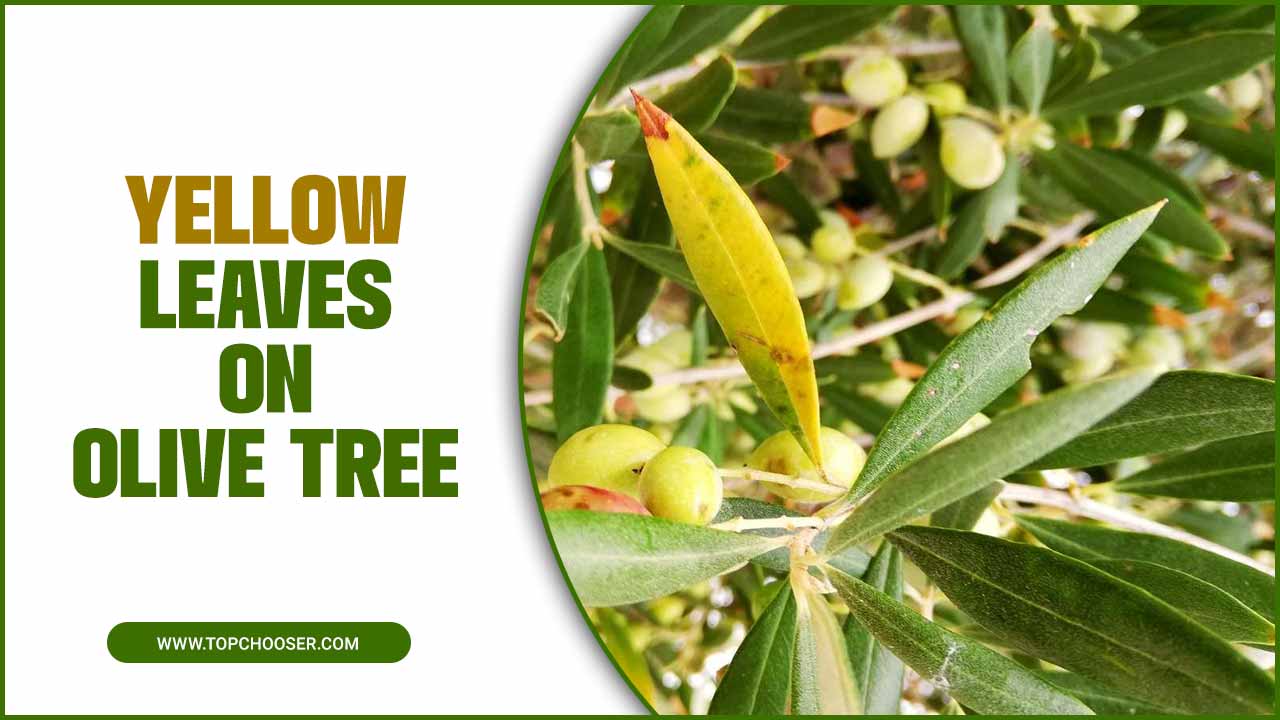
How To Deal With Yellow Leaves On Olive Trees
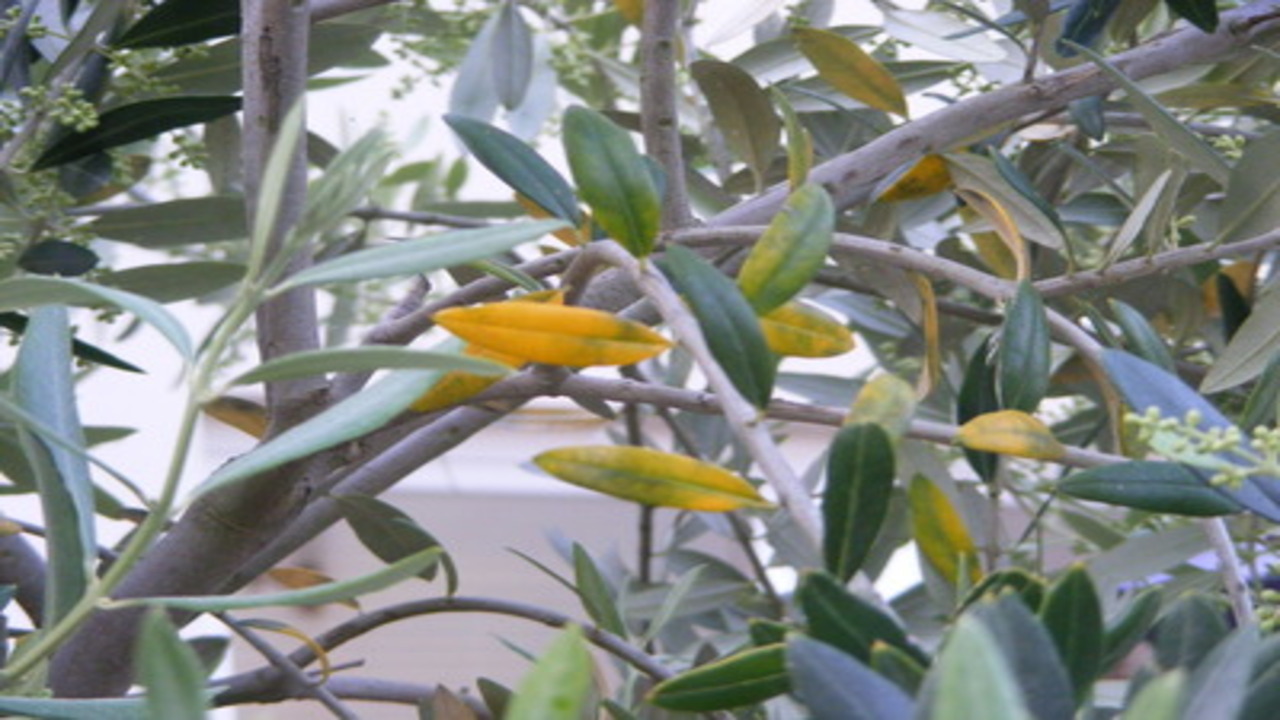
When you notice yellow leaves on your olive tree, it’s important to take action to address the issue. Yellow leaves can signify various problems, including nutrient deficiencies, overwatering, or pests. To deal with yellow leaves on olive trees, examine the tree for any signs of pests or diseases.
If you detect any issues, consult a professional arborist or horticulturist for treatment options. Additionally, ensure the tree receives proper nutrition by fertilizing it with a balanced fertilizer formulated for olive trees.
Lastly, evaluate the watering practices and adjust accordingly to prevent overwatering, which can lead to root rot and yellowing leaves. By proactively addressing the underlying causes of yellow leaves, you can help your olive tree regain its health and vitality.
Understanding Why Olive Leaves Turn Yellow
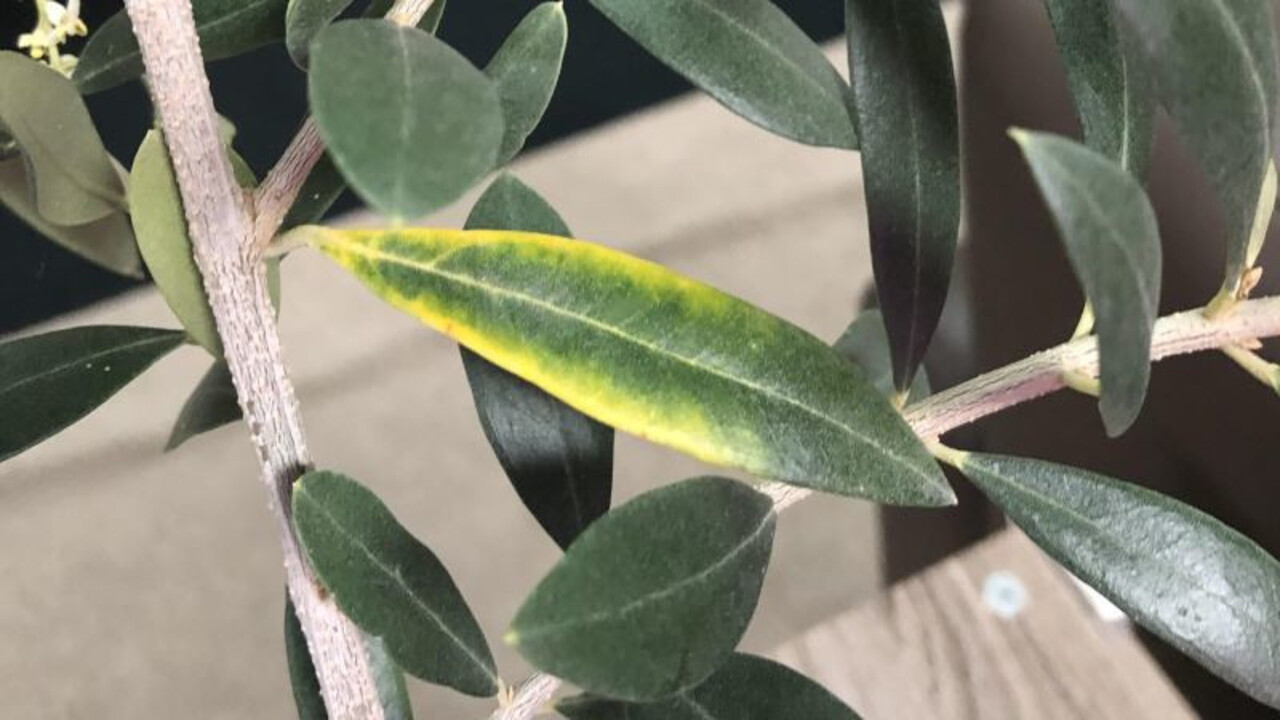
When olive leaves turn yellow, it can indicate several underlying issues, including nutrient deficiencies, overwatering, pests, or diseases. Lack of nitrogen or iron can lead to yellowing leaves, which can be addressed using a balanced fertilizer formulated for olive trees. Overwatering can cause waterlogged soil and root rot, resulting in yellow leaves.
Proper watering techniques, such as allowing the soil to dry out between waterings, can help prevent this. Pests like olive fruit fly or olive lace bug can also cause yellowing leaves and treatment with appropriate insecticides or organic pest control methods is recommended.
Diseases like verticillium wilt or olive leaf spot can lead to yellow leaves, and proper pruning and tree health maintenance can help manage them. Consulting with an arborist or horticulturist can assist in diagnosing and addressing the issue effectively.
Nutrient Deficiencies And Yellow Leaves
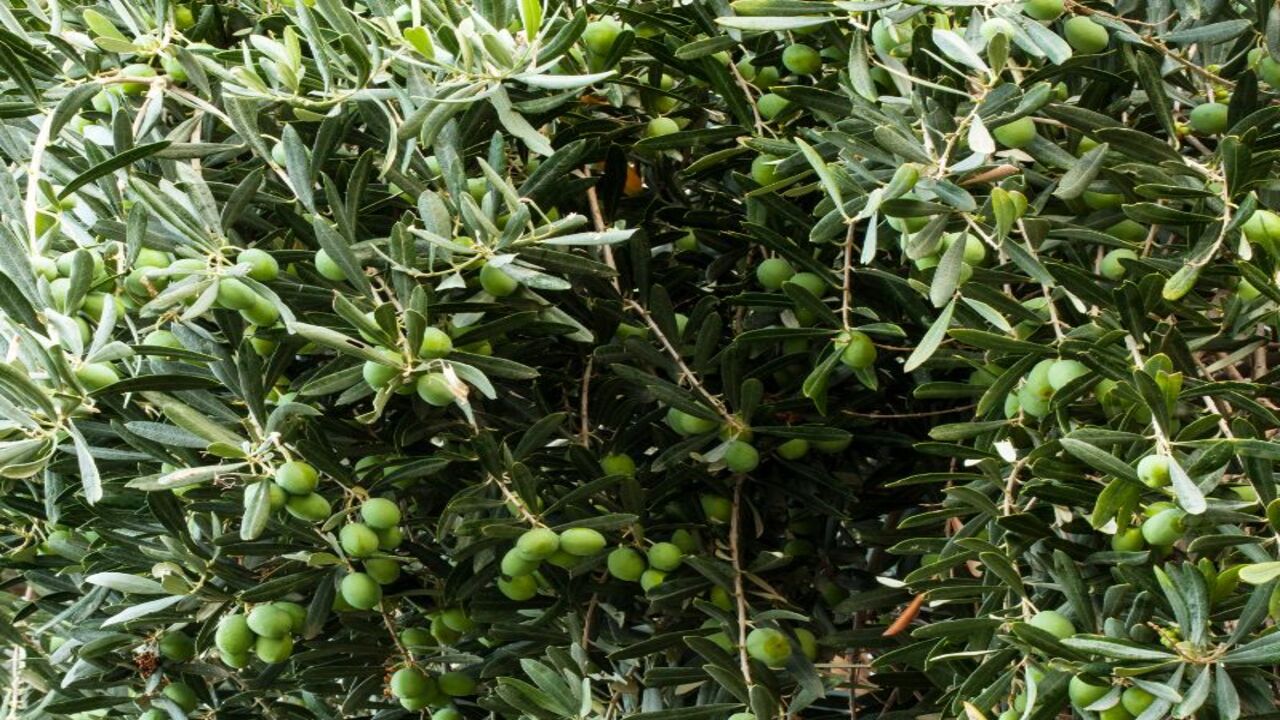
Yellow leaves on an olive tree can be a sign of nutrient deficiencies. Nitrogen, iron, and magnesium are essential for healthy leaf growth and chlorophyll production. When these nutrients are lacking, the leaves can turn yellow. To address this issue, it is important to identify which nutrient is deficient through soil testing or consulting with a professional arborist.
Once the deficiency is determined, appropriate fertilizers or soil amendments can be applied to correct the imbalance and promote healthy leaf coloration. Regular monitoring of nutrient levels and proper care can help prevent yellow leaves and ensure the overall health of the olive tree.
Signs Of Pests And Diseases
Yellow leaves on olive trees can indicate the presence of pests or diseases. Pests that can cause yellowing leaves include olive fruit flies, scale insects, and aphids. Diseases like verticillium wilt and olive leaf spot can also lead to leaf yellowing. Identifying the pest or disease is important to treat it effectively and accurately.
Sometimes, cultural practices such as proper watering and fertilization can help prevent and address yellowing leaves. By implementing these strategies and promptly addressing any signs of infestation or disease, you can maintain the health and vitality of your olive tree.
Pruning Techniques For Yellow Leaves
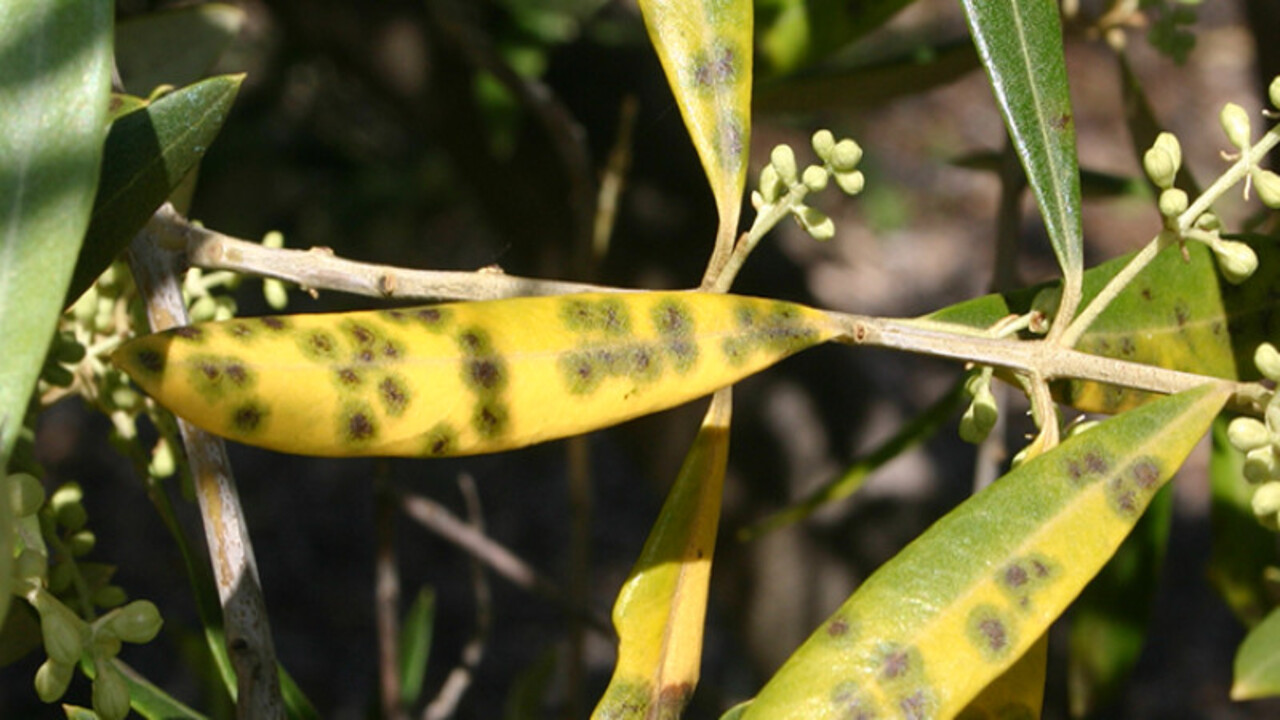
Pruning techniques are an effective method for addressing yellow leaves on olive trees. Also, Pruning can help remove affected leaves and improve air circulation within the tree, which is crucial for its overall health. To begin, identify and remove dead or diseased branches from the tree.
Additionally, trim back any branches that may be blocking sunlight from reaching the lower parts of the tree. However, it is important to avoid excessive pruning as this can stress the tree and potentially lead to more yellowing. By employing proper pruning techniques, you can help maintain the health and vitality of your olive tree.
Watering And Drainage Considerations
Proper watering and drainage are crucial considerations when addressing yellow leaves on olive trees. Overwatering or poor drainage can often be the cause of this issue. Well-draining soil supports the thriving of olive trees, and standing water should be avoided.
Before watering, checking the soil moisture levels and adjusting accordingly to prevent overwatering is important. Improving drainage can be achieved by adding organic matter or creating a raised bed. Yellowing leaves may indicate a nutrient deficiency or pest infestation, necessitating further investigation or professional assistance.
Soil Ph And Nutrient Levels
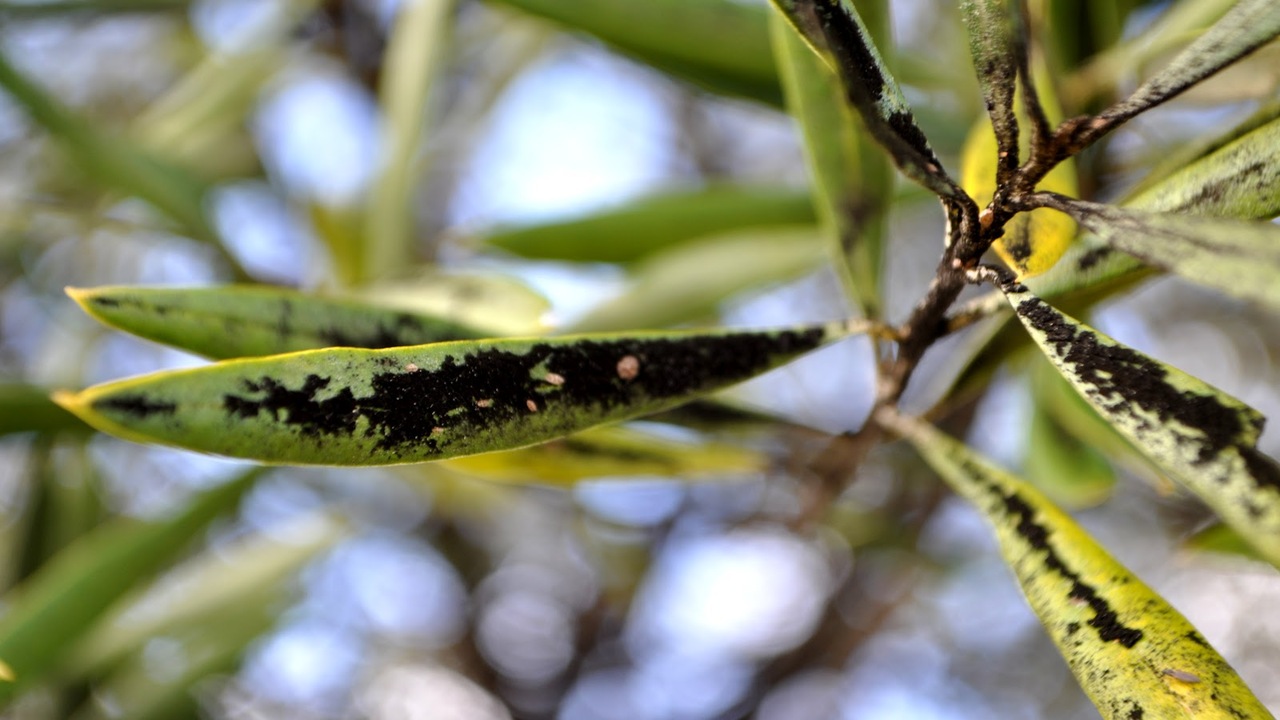
Yellowing leaves on olive trees can indicate nutrient deficiencies or imbalances. An imbalance in soil pH, whether it’s too acidic or alkaline, can affect the availability of nutrients to the tree. Testing the soil pH and nutrient levels is crucial to identify the specific issue.
If the pH is off, amendments like lime or sulfur can be used to adjust it. Nutrient deficiencies can be addressed by applying fertilizers specifically designed for olive trees, considering their unique nutrient requirements. Regular monitoring and maintenance of soil pH and nutrient levels are essential to prevent yellowing leaves and promote healthy growth.
Fertilization Strategies For Olive Trees
To address yellow leaves on olive trees, proper fertilization is essential. Conduct a soil test to determine nutrient deficiencies specific to your olive tree. Nitrogen, phosphorous, and potassium are crucial nutrients for olive tree health and should be included in the fertilizer. Choose a slow-release fertilizer formulated for fruit or olive trees.
Apply the fertilizer according to instructions, avoiding over-fertilization. Over-fertilizing can lead to other issues. By following these fertilization strategies, you can address yellow leaves and promote overall tree health. Remember to prune your olive tree as needed and ensure it receives enough moisture and sunlight.
Choosing The Right Pesticides And Fungicides
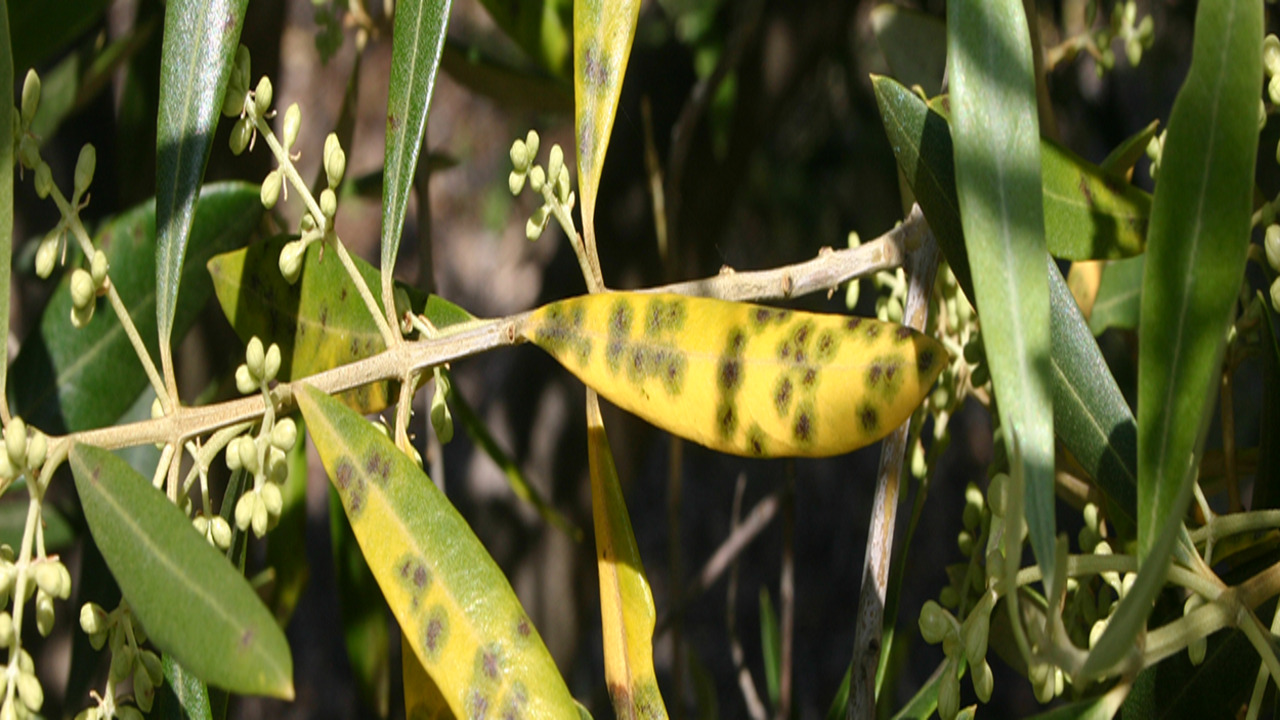
When dealing with yellow leaves on an olive tree, choosing the right pesticides and fungicides is important to address the issue effectively. Yellowing leaves can indicate various problems, such as nutrient deficiencies, pests, or diseases. To determine the appropriate treatment, it is recommended first to identify the cause of the yellowing leaves.
This can do through careful observation and potentially consulting with a professional arborist or horticulturist. Once the cause is identified, selecting the right pesticides and fungicides that specifically target the problem will help effectively treat the olive tree and restore its health. It is crucial to follow all instructions and guidelines provided by the manufacturer when applying these chemicals to ensure their safe and effective use.
Treatment For Yellow Leaves On Olive Tree
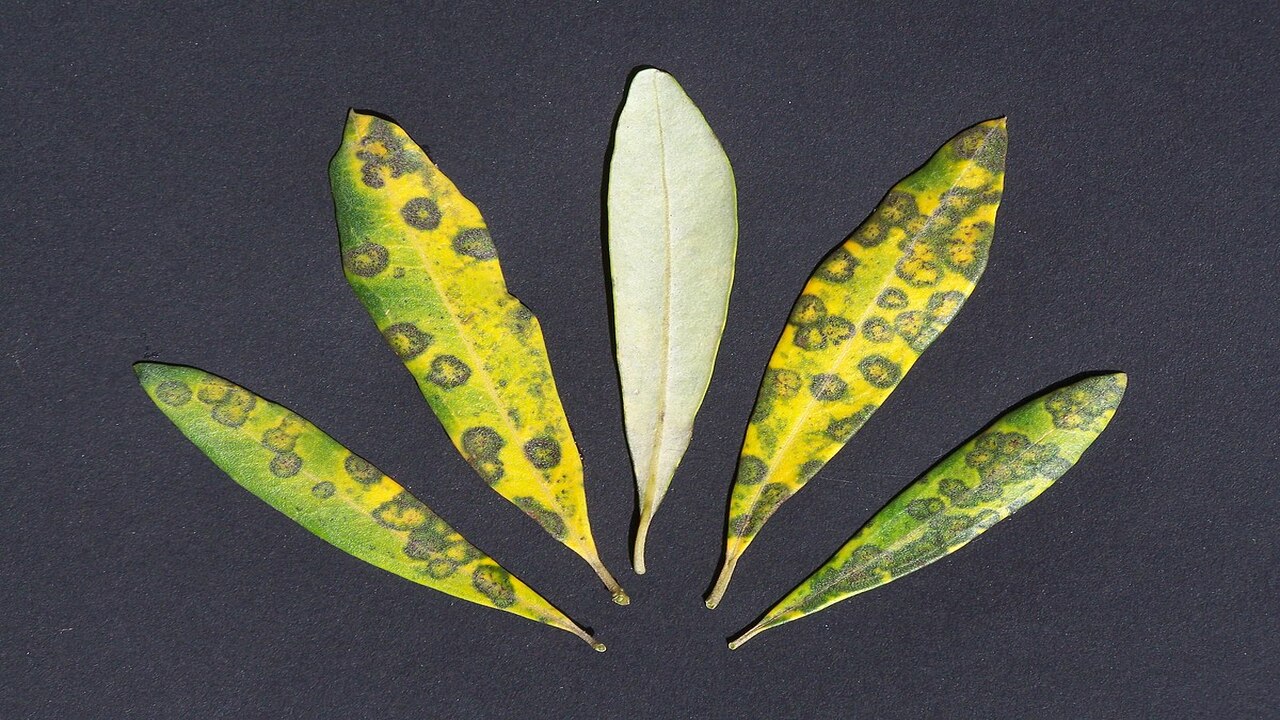
Treatment for Yellow Leaves on Olive Tree, if you notice yellow leaves on your olive tree, it’s important to identify the underlying cause. Overwatering, nutrient deficiencies, and pests can all contribute to yellowing foliage. Adjust your watering and fertilizing practices accordingly to address any issues with moisture levels or nutrient deficiencies.
Inspect the tree for signs of pests or diseases, such as pest infestation or fungal diseases, and take appropriate measures to control them. Pruning damaged or diseased branches can promote healthy growth. If the problem persists or if you’re unsure how to address it, consulting a professional arborist effectively is a good idea.
Conclusion
Yellow leaves on olive trees can indicate various issues, such as pests, diseases, or environmental factors. Identifying the root cause and taking the necessary steps to address the problem promptly is important. Following the tips and techniques outlined in this post can help your olive tree regain its health and vitality.
If you are unsure of how to proceed or concerned about your tree’s health, it is always recommended to seek professional assistance from a certified arborist or horticulturist. Remember, the health of your olive tree is crucial to its growth and productivity, so taking proactive steps to address any issues is key.
Frequently Asked Questions
[rank_math_rich_snippet id=”s-41b67ef8-cf9a-4b79-b7c6-e6b9f72d65af”]

I am passionate about home engineering. I specialize in designing, installing, and maintaining heating, ventilation, and air conditioning systems. My goal is to help people stay comfortable in their homes all year long.







